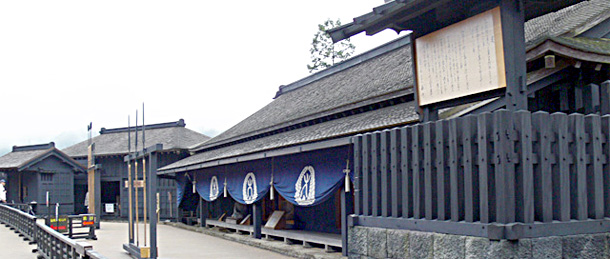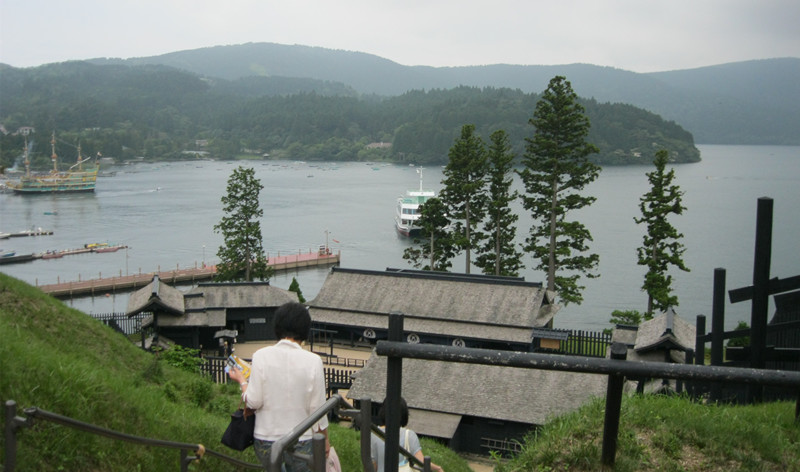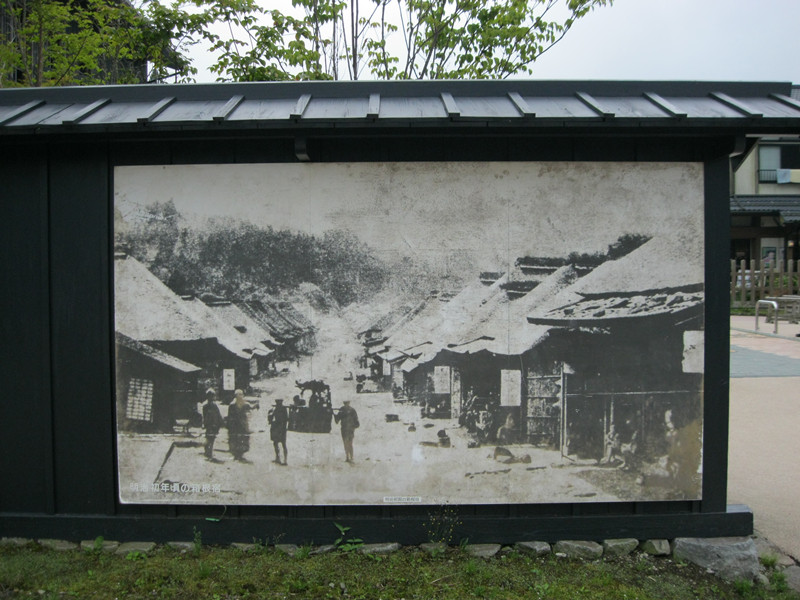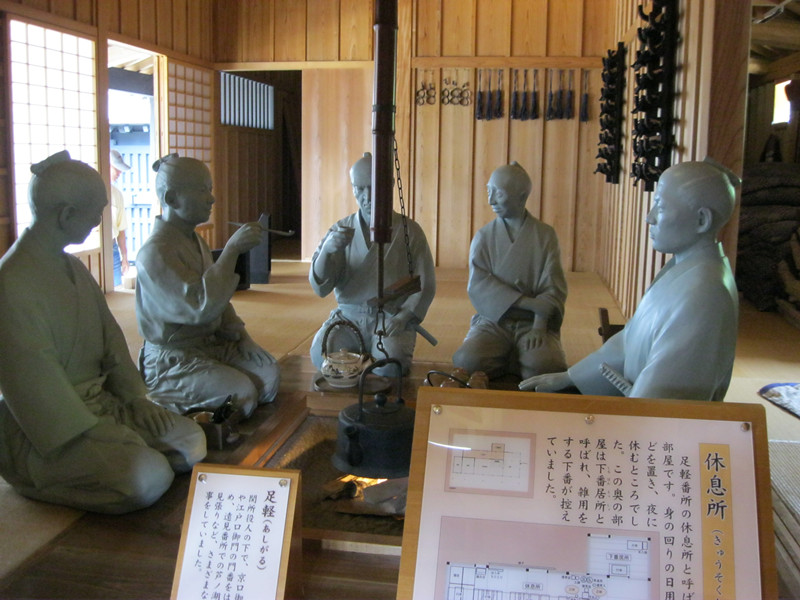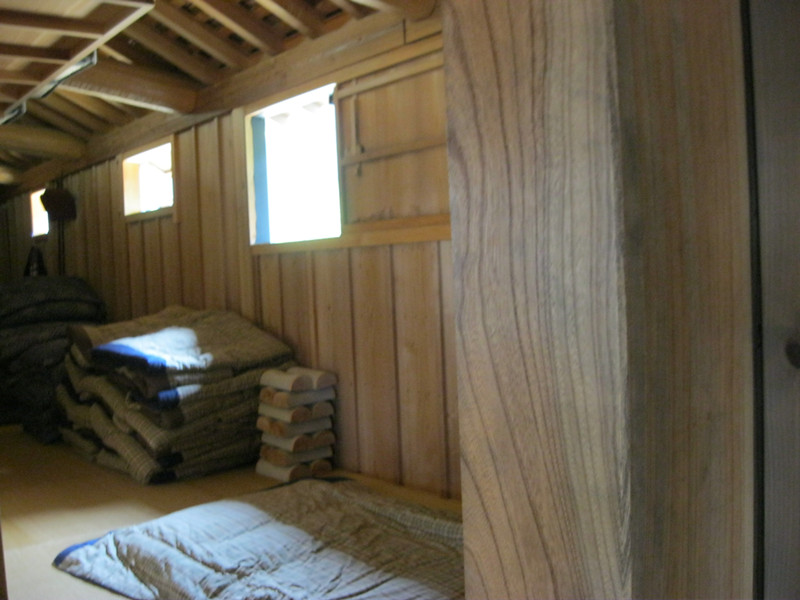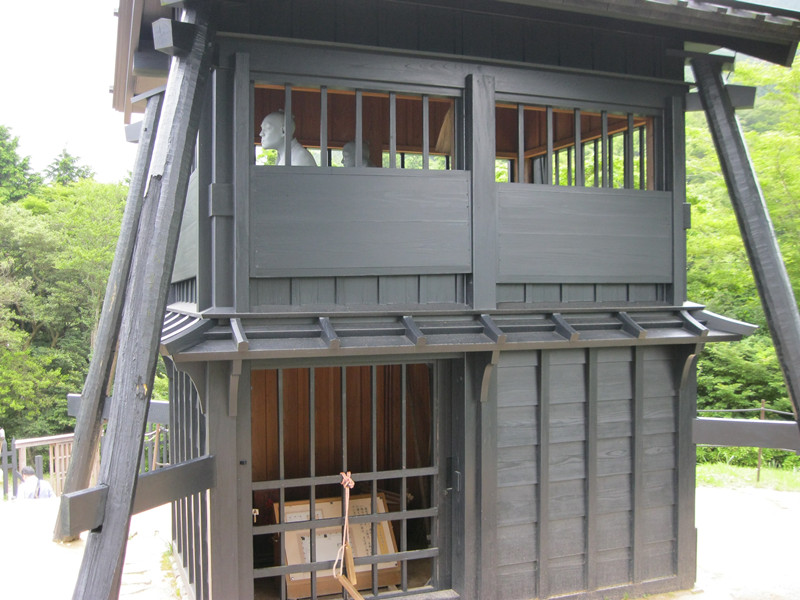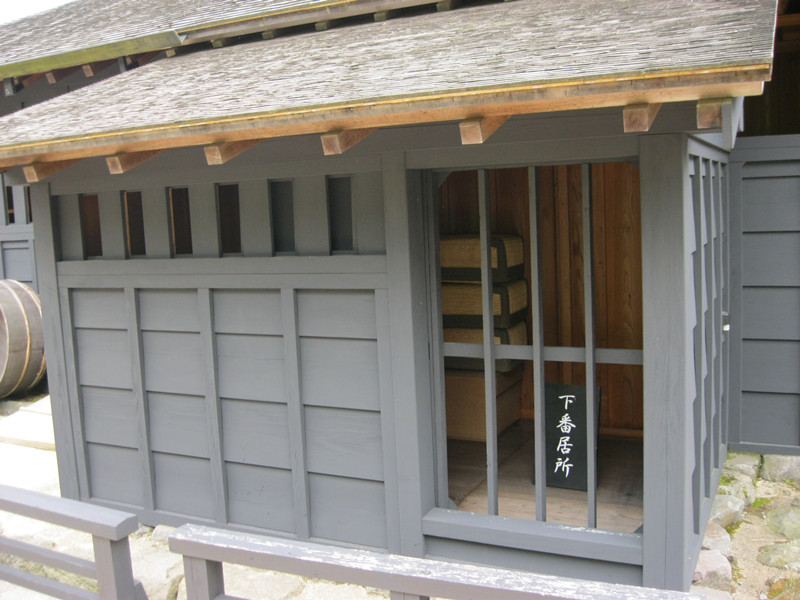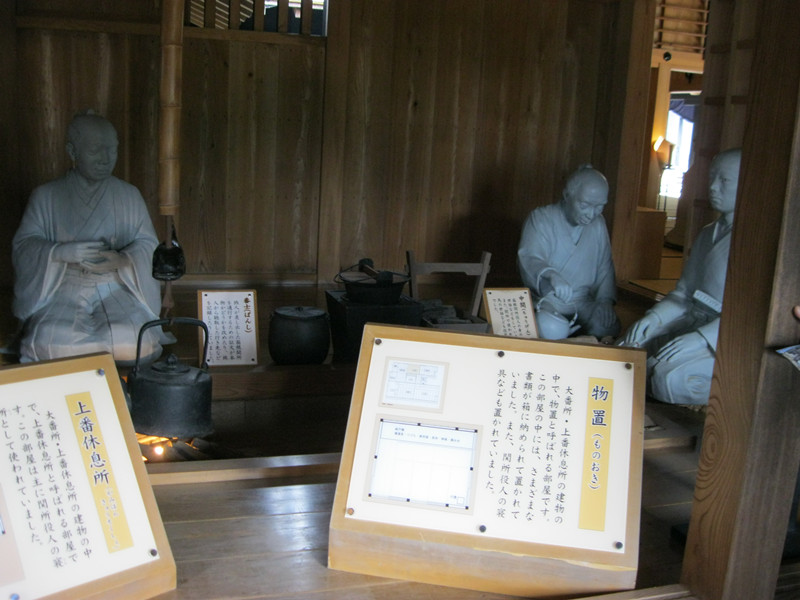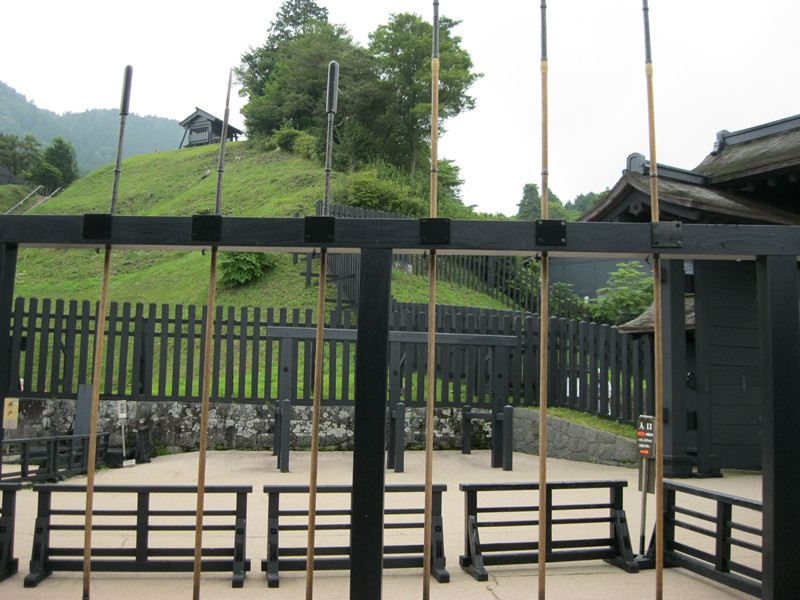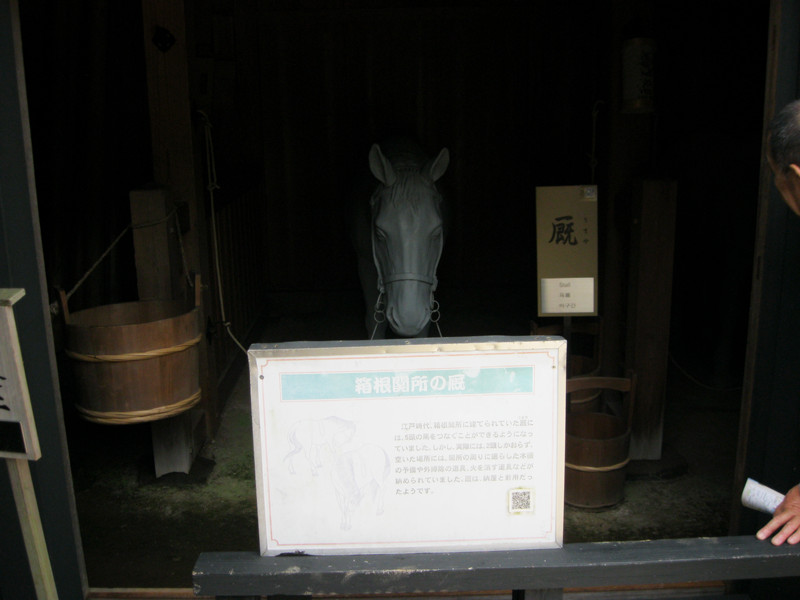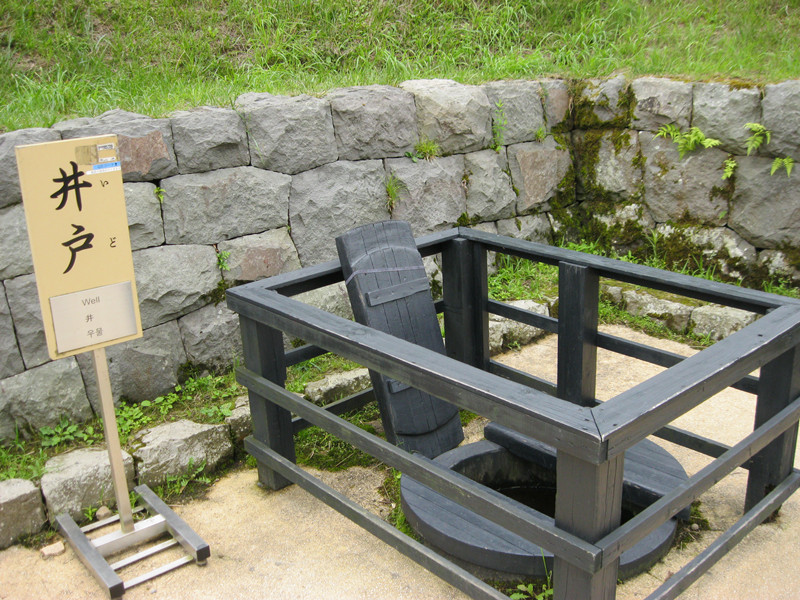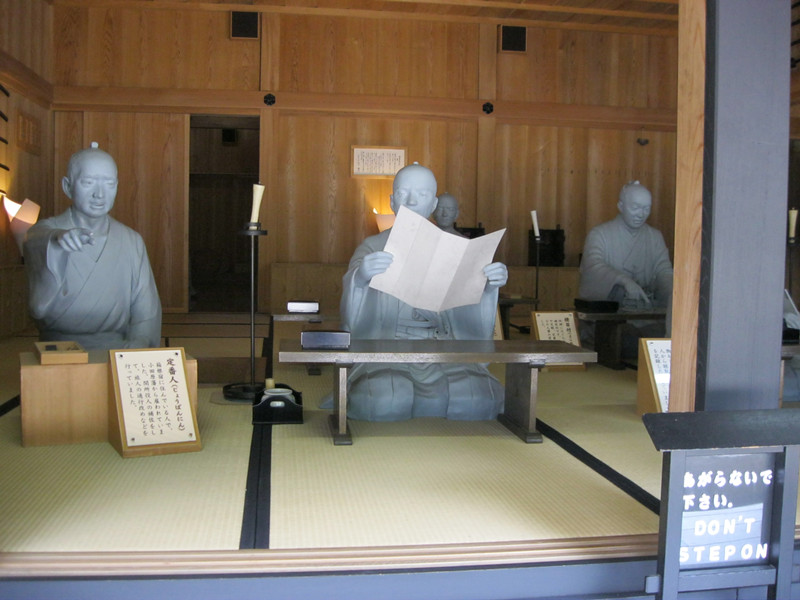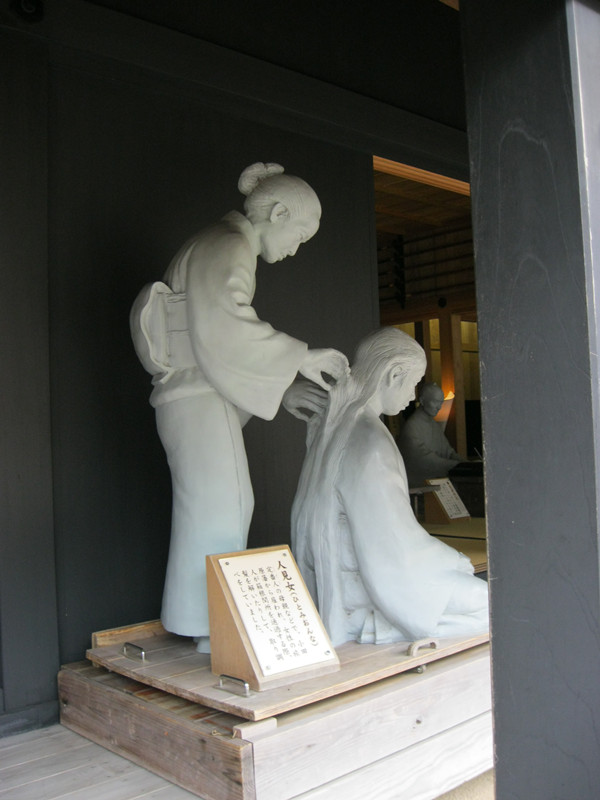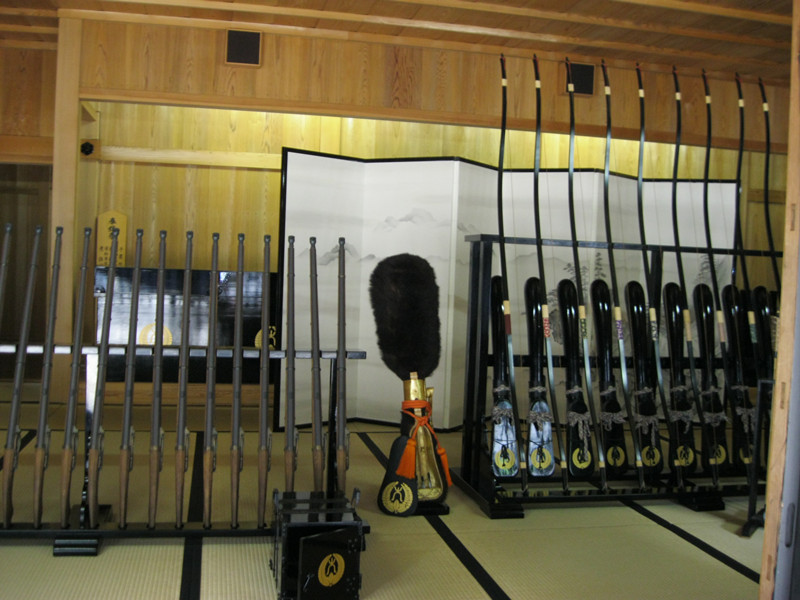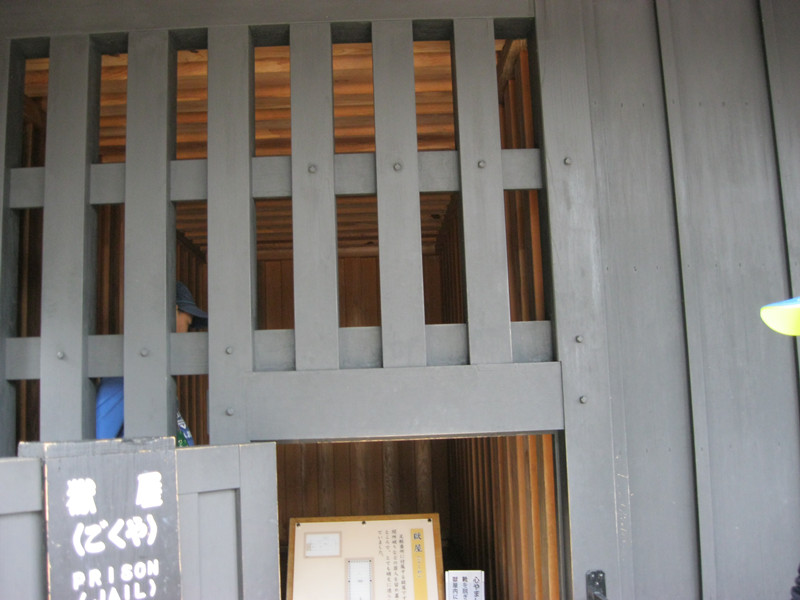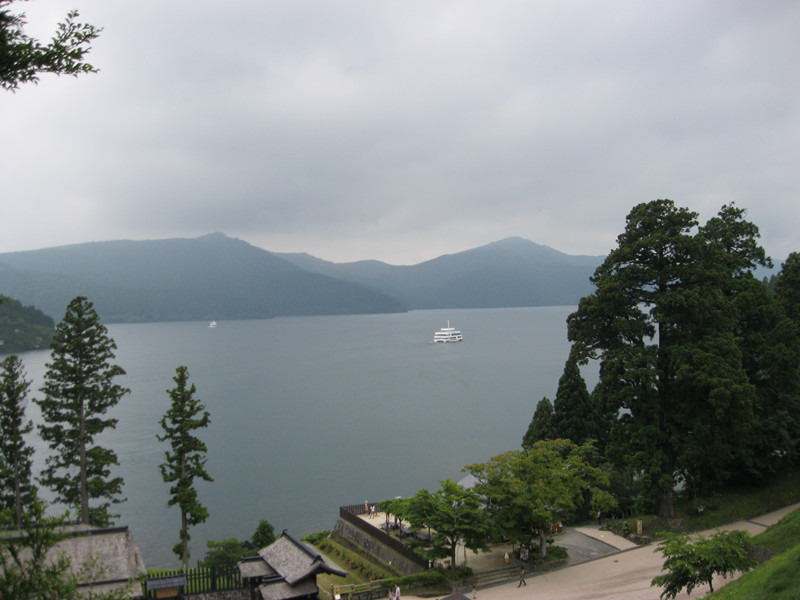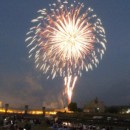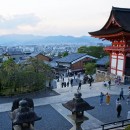Visit to the Hakone Checkpoint!
2014/07/11
As the weather finally cleared up I went to Hakone Checkpoint today.
For foreigners, the biggest attraction of Hakone will be the hot spring. However, the charm of Hakone is in the location with special history behind, which is Hakone as a significant Checkpoint, that’s my coverage of this report.
The checkpoint for traffic management. Shogun had set many checkpoint in entire country to monitor weapon smuggling to Edo (former name of Tokyo) in the Edo era and the escapes of wives of feudal lord who were practically treated as hostages. And the Hakone Checkpoint was considered to be one of the most important barriers.
Therefore, according to the museum info the main Hakone Checkpoint the main purpose is to prevent women getting in and out friom/to local district.
Women cannot paswithout “the deed of caretaker’s statesman with an approval of the Shogunate Government”. Besides, you must be inspected when you go along the barrier. In those days women who pass through a checkpoint to leave for a local district felt a great fear towards those an examination stuffs.
By the way, there is a pond called “Otama-ga-ike” around there. The origin of the name ‘Otama’s pond’ is related to this checkpoint. Here’s the story. A maid girl called Otama could not tolerate the bullying and attempted to go back home through a barrier, but she was caught by the government official and was sentenced to death. Local residences took a pity on her and, dedicated her name to this pond. However, as time passes by it became history and detail had gradually changed. Otama girl’s story had become like this : she was forced her way to a man-trap and poor girl had no choice but throw herself into the water. Ever since that the spirit of Otama loitered around in a pond remain cursed, and that’s a current legend to be told.
The Hakone Checkpoint is located in the deep forest and ridge of Lake Ashino. Because it is a barrier, there are two gates, one is Kyouguchi Entrance gate and the other is Edo Exit gate.
There were accommodations near the barrier for travelers who waited for the their turn to of inspection in those days. On this photograph you can see the hotel at the time.
The checkpoint equipped a large guard station, a stable, a shooting gallery, a bathroom (rest room), 1,000 man pool (waiting hall) three tools stand (weapon storage), and a common soldier guard station, a distant view guard station. In detail large guard stations includes an identification room, kitchen floor, a room with a wooden floor.
Organization is divided into attendant head (person in charge), supervisor (assistant of the attendant head), guard warrior (person in charge of the censorship of the passerby), keeper (person in charge of close work), infantrymen (person in charge of trivial duties) and female guard (old woman for question a woman passenger). Government officials, except infantrymen and female guard, change after one month work and succeed the duty to the next officer. Of course all government officials at the time stayed for a job there leaving their family behind.
Photo below is a scene of government officials working in an guard station. Just by looking he officer with papers in his hand sitting in the front is the person in the highest position, but the truth is that the highest ranking on the back seat.
At the entrance, the female guard examines the hair of the woman passangers finely. Uneasiness is fully shown in the face of examinee. It will be easy to imagine the uncertainty.
At the three tools stand is a weapon storage which were kept just to threaten travelers, it was just a display and not really useful.
It is a part of prison, place to lockup the barrier buster. I myself entered too but could not be comfortable because it is small and is choking. Otama girl was kept in here before her execution. Scared. . . . .
There are high steep stairs near Edo Exit Gate you can see beautiful scenery from up there. It’ll get you tired too if you go up to the that high. . . But I was rewarding.
There you can see blissing sweeping glance over the scenery of Lake Ashino and the great view of mountains.
But this is not the best beautiful scenery, actually. You can see Mt Fuji from here if sky is clear.
Unfortunately the day of our visit the weather wasn’t bad but mountains over the direction of Mt. Fuji was covered with clouds blocking the Mount Fuji after all. >_< In the museum, they keep records of history including legend of Otama but it's not allowed to take a photograph inside. 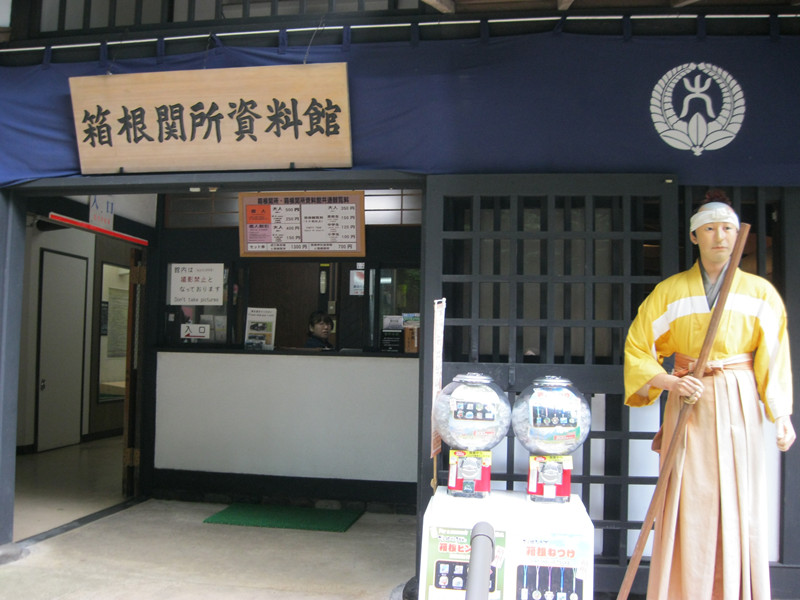
I tasted “mitarashi dumpling ice” in the teahouse next to the museum. The sticky sauce made from sweet soy sauce and starch on the ice cream, and two dumplings below. Both the appearance and the taste are very unique.
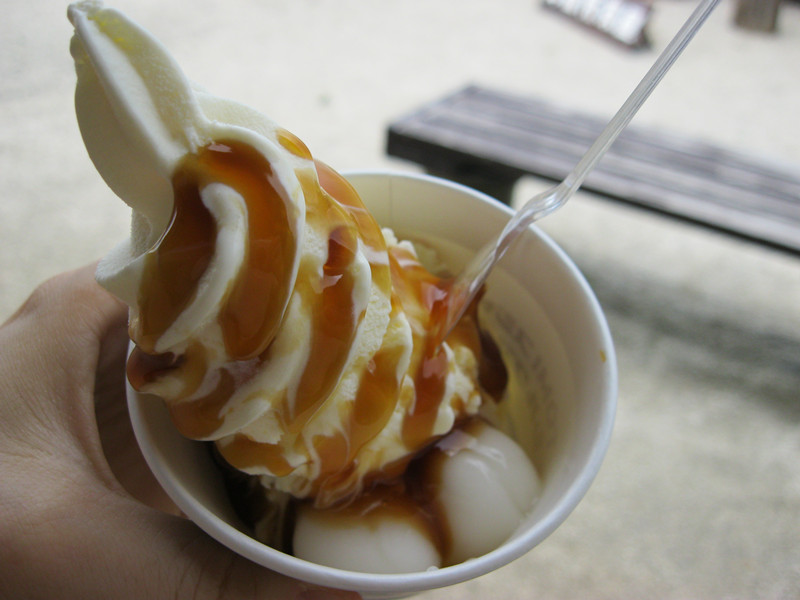
The barrier might play an important role in Edo era to maintain the rule of the Shogunate.
However, I wonder what crossed travelers’ mind that they found out that they are not passing the barrier for some reason. Wondering of what if it happened to a young girl like Otama to die alone would make me emotional.
Basic Information
| Name | Hakone Checkpoint |
|---|---|
| Address | 1, Hakone, Hakone-machi, Ashigarashimo-gun, Kanagawa Pref. |
| Closed | N/A |
| Open hours | From 9:00 a.m. to 5:00 p.m. |
| Fees | 500 yen for adults, 250 yen for children (passes are for both checkpoint building and museum) |
| Getting there | From Odawara Station take bus to Hakone-cho and get off at Hakone Sekisho Ato, it will take 55 min. From Hakone Yumoto Station take a bus to Hakone-cho and get off at Hakone Sekisho Ato, it will take 40 minutes. [By car] Take Odawara-Atsugi Expressway, 40 minutes from Odawara West 50 minutes drive from Tomei-Gotemba IC 40 minutes drive from Mishima on Natioal Road No. 1 |
| Parking lot | Available |
| Restroom | Available |
| Contact | Hakone Checkpoint, Hakone Check Point Exhibition (Hakone Sekisho Shiryoukan TEL: 0460-83-6635 |
| Website | To homepage of Hakone barrier |
* Please make sure the info you see is the latest in advance.

